Standing Out Starts with Story
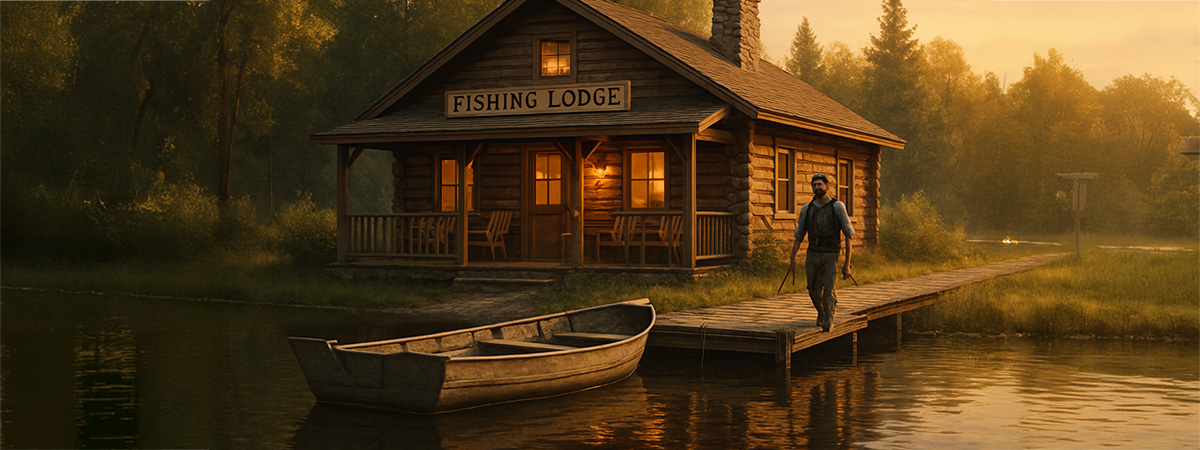
You don’t need a dozen competitors in your backyard to feel the pressure of standing out. Whether you run a fly-out lodge in Alaska or a bonefish lodge in the Bahamas, prospective guests are often comparing your offering against options across the country—or across the globe.
And while nearly every fishing lodge promises stunning scenery, experienced guides, and trophy fish, only a few manage to communicate what truly makes their experience different.
That difference often comes down to story—and reputation.
We’re not just talking about the history of how your lodge began (though that can absolutely matter). We’re talking about the complete story: the setting, the people, the daily rhythm, the fish you chase, and the small, meaningful moments that guests take home with them.
When told well, your story creates clarity. It gives prospective guests a reason to choose you—not just because of where you are, but because of who you are, what kind of fishing you offer, and the experience you deliver along the way.
What Makes a Lodge Story Worth Telling
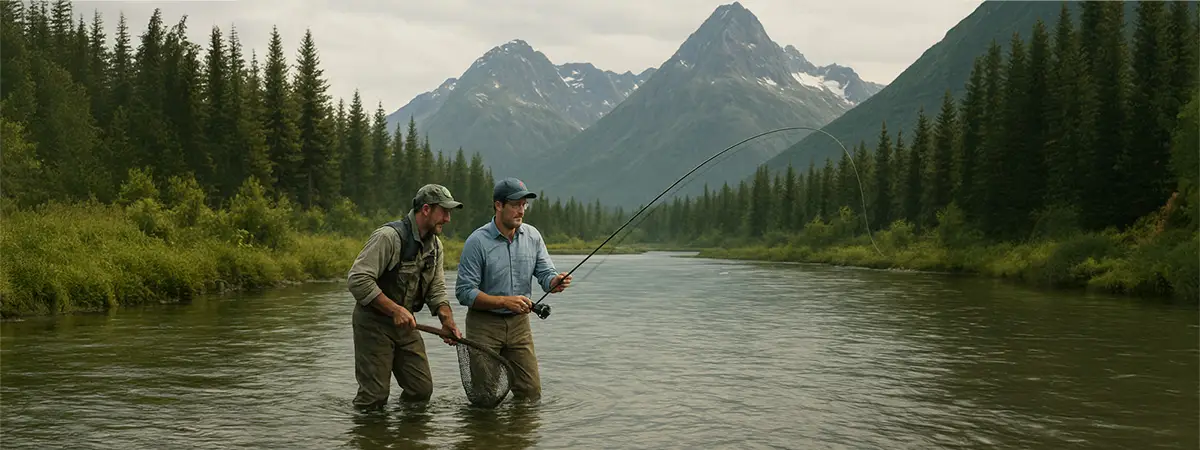
A good story doesn’t have to be dramatic—it just has to be real.
For fishing lodges, the most compelling stories are built from the elements guests actually talk about when they return home: the warmth of the lodge staff, the chemistry with their guide, the quiet beauty of early mornings, and yes—the fish that brought them there in the first place.
Your founding story may be part of that narrative. Maybe the lodge has been in your family for generations, or maybe you built it from the ground up out of passion for a place and a way of life. That background helps build credibility and trust, especially when it’s authentic and clearly connected to the guest experience.
But what sticks most with prospective guests—and what sets your lodge apart—is how clearly you can paint a picture of what it feels like to be there.
Are your guides the kind who become lifelong friends? Is the atmosphere more rustic or refined? Do you follow the rhythms of the seasons or the tides? What happens when the fishing day ends?
These are the story elements that resonate—and they’re the difference between being just another option and being the place someone can already imagine themselves.
Common Branding Mistakes Lodges Make
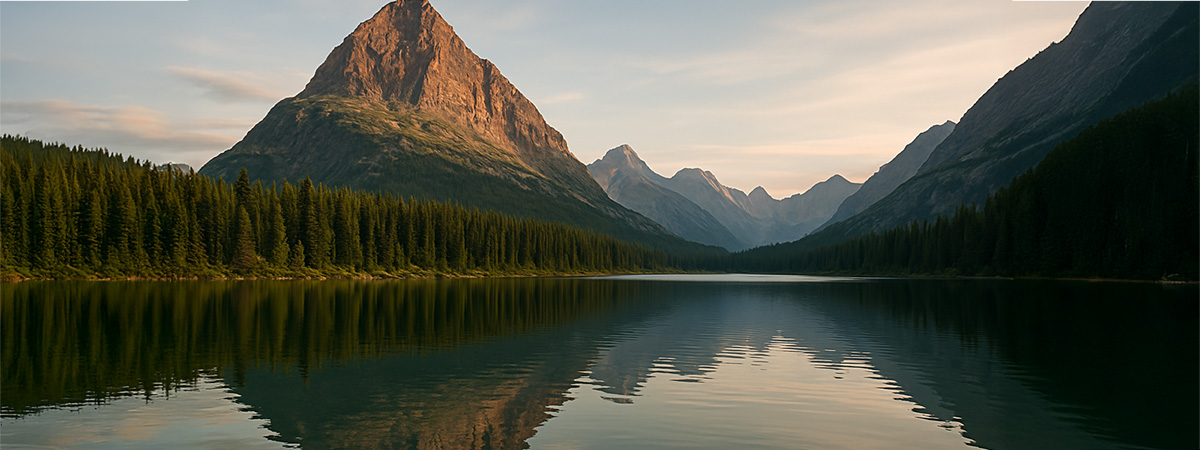
Most fishing lodges don’t suffer from a lack of quality—they suffer from a lack of clarity.
They rely on generic phrases like “world-class fishing” or “unforgettable adventure” that could apply to just about anyone. Or they lean heavily on beautiful scenic photography without ever showing a guest, a guide, or a single moment that hints at what the experience actually feels like.
It’s easy to assume the fishing alone will speak for itself—but it rarely does. Without context, even the most jaw-dropping shots of trophy catches or sweeping vistas can blur together in a guest’s mind.
The most common branding mistakes we see:
- Generic, interchangeable copy that doesn’t reflect the real personality of the lodge
- Photo galleries that show the scenery but miss the story
- Trying to appeal to everyone instead of owning a distinct voice and vibe
None of these are fatal—but they do make it harder for potential guests to connect with your lodge in a meaningful way. And when you’re asking someone to travel far and invest in a premium experience, connection is everything.
Telling Your Story Well: Where to Start
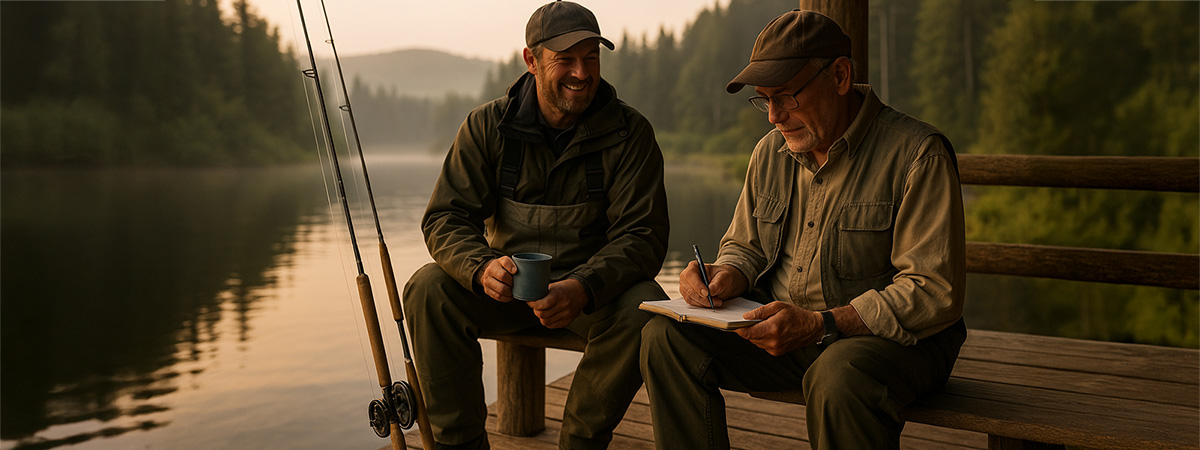
A strong story isn’t something you invent—it’s something you uncover.
The good news? You already have everything you need. The key is pulling it together in a way that’s clear, cohesive, and guest-focused.
Start by asking the right questions:
- What kind of experience are we offering—and for whom?
- What moments do guests talk about most after they leave?
- Who are the personalities (guides, chefs, staff) that shape the experience?
- What’s unique about our setting or the way our season unfolds?
From there, consider where your story lives:
- Your homepage should quickly orient visitors: what type of lodge are you, what kind of fishing do you offer, and why does it matter?
- Your about page is a chance to share your origin story and introduce your team—not just with bios, but with personality.
- Your trip or fishing pages should do more than list amenities—they should describe the feeling of a day on the water.
- Your blog or social posts are the perfect place to expand on seasonal shifts, highlight guides, and reflect the lodge’s rhythm and culture.
When every part of your website reflects a consistent story, it becomes easier for guests to imagine themselves in it—and easier for them to say yes.
Let Your Visuals Work With (Not Against) Your Story
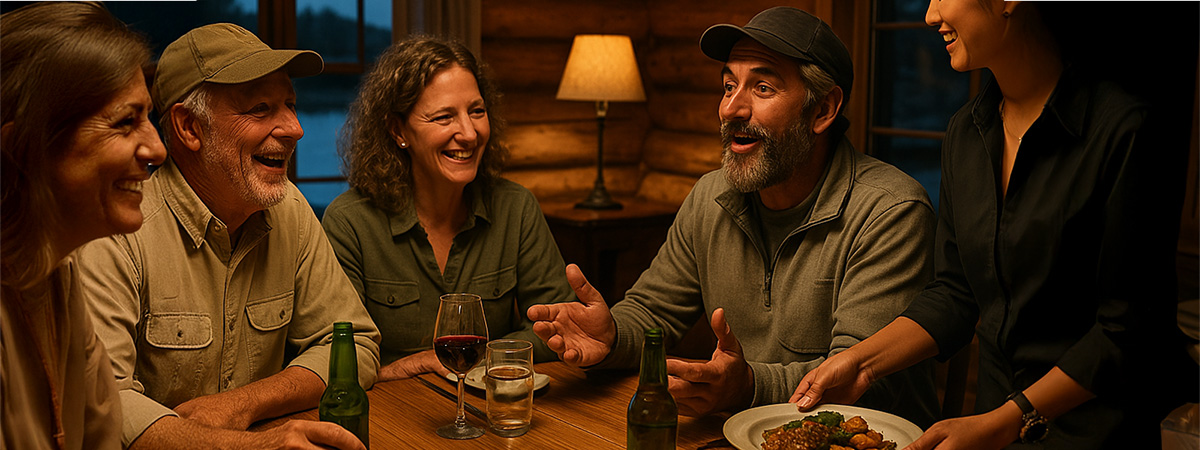
Photography is often the first impression a potential guest gets—and sometimes the only thing they really look at before deciding to click away or keep exploring. That’s why your visuals need to do more than decorate—they need to help tell your story.
And they absolutely can. In fact, photography is one of the most powerful storytelling tools you have, especially when it’s real.
Too often, lodge sites are packed with scenic beauty shots that, while stunning, don’t say much. A photo of a mountain range or a fish in mid-air might catch the eye—but does it help a guest picture themselves in the moment?yup
What works better:
- A guide laughing with a guest on the boat
- A lodge dinner scene with warm lighting and shared stories
- A quiet early morning dock with coffee in hand
- An angler celebrating their first fish on fly
These kinds of images don’t just show what your lodge looks like—they show what it feels like.
And when paired with thoughtful captions or supported by strong copy, they become part of a cohesive, memorable story that builds trust and desire.
Final Thoughts: Story Isn’t a Luxury—It’s a Lodging Essential
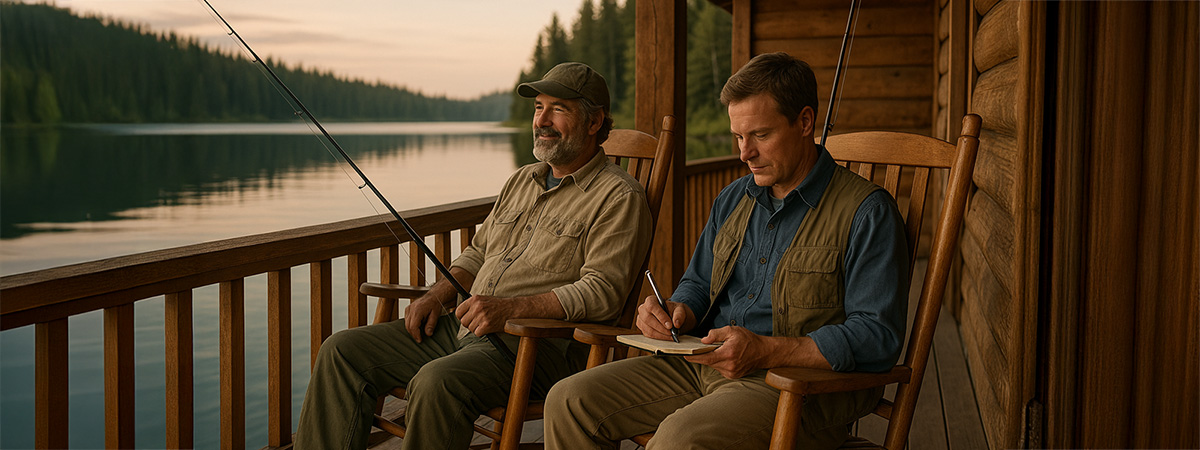
When done well, storytelling doesn’t just make your website stronger—it makes your entire brand more memorable, more trustworthy, and more worth booking.
It helps guests understand what to expect and whether your lodge is right for them. It builds confidence before the trip and creates emotional connection that lasts long after the gear is packed.
This isn’t about adding flair—it’s about providing clarity.
A lodge that knows what it stands for, who it’s built for, and how to communicate that clearly will always have an edge. Especially in a world where people are craving real experiences—and turning to brands that feel as thoughtful and authentic as the trips they’re hoping to take.